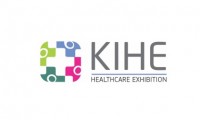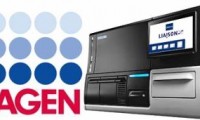-
KIHE 2024
- Source: drugdu
- 162
- March 11, 2024
-
Achieving first full year of profitability, and ushering in a new phase of high-quality development
- Source: drugdu
- 127
- March 10, 2024
-
AACR 2024 | Ascentage Pharma to Present Three Preclinical Studies at 2024 American Association of Cancer Research Annual Meeting
- Source: drugdu
- 99
- March 10, 2024
-
NHS to ensure people eligible for very high-risk breast screening are referred
- Source: drugdu
- 151
- March 9, 2024
-
Simple Blood Test Could Detect Risk of Viral Infection-Induced Cardiac Arrest
- Source: drugdu
- 91
- March 9, 2024
-
【EXPERT Q&A】How is the quality inspection and quarantine carried out in the import and export industry?
- Source: drugdu
- 188
- March 8, 2024
-
Automated Multiplexing Molecular Diagnostic Platform Revolutionizes Infectious Disease Diagnostics
- Source: drugdu
- 142
- March 8, 2024
-
Researchers develop brain-age prediction tool for diagnosis of neurological diseases
- Source: drugdu
- 89
- March 7, 2024
-
Groundbreaking Blood Test Offers Early Pancreatic Cancer Diagnosis
- Source: drugdu
- 173
- March 6, 2024
-
【EXPERT Q&A】How to distinguish a class, Class II, Class III medical devices?
- Source: drugdu
- 169
- March 5, 2024
your submission has already been received.
OK
Subscribe
Please enter a valid Email address!
Submit
The most relevant industry news & insight will be sent to you every two weeks.












